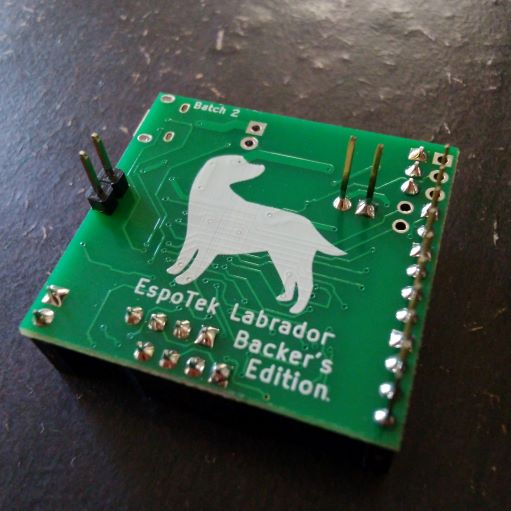
Espotek Labrador All-in-one
I discovered this board through a Hacker News post where people were asked about their profitable side projects (>$500 per month revenue). Among the sea of cloud-based side projects, this handy little device gets the same amount of reception in terms of revenue.
Based on the Github repo, v1.0 was released in 2017 and was continuously updated (the last update was last October 2021). Considering the amount of cheaper clones that the chinese puts out, it’s pretty refreshing to see an open source product that gets continuous support and updates.
Overview
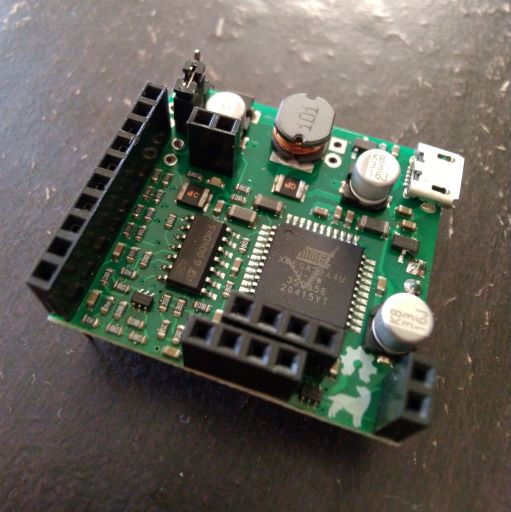
The EspoTek Labrador is an open source hardware project. Most of the essential information about the Labrador can be found via the wiki.
The Labrador comes in a resealable anti-static bag containing the board stuck to a foam - nothing else. You’ll have to provide your own USB cable and dupont cables. Buyers are expected to go through the online wiki for the documentation.
In a small board, it packs the functionalities of an oscilloscope, signal generator, voltage supply, digital I/O, logic analyzer, and in a recent update, spectrum analyzer.
Hardware
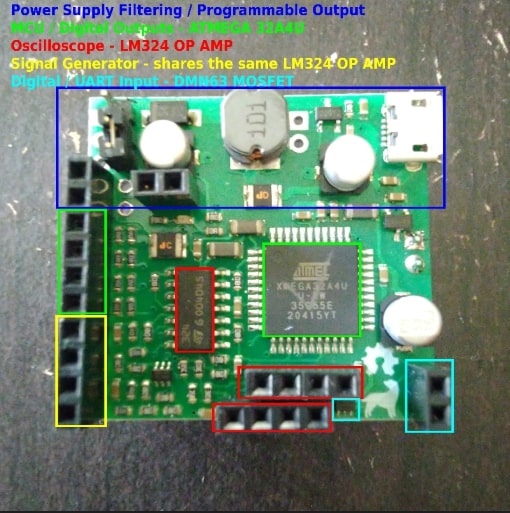
The PCB is a typical 2-layer design with the usual pin headers for connecting I/O cables - pretty neat. Looking through the KiCAD project and BOM, the component choices are also simple and straightforward.
My main gripe with the board would be the lack of labeling on the pins. Printing labels on the header itself would be pretty nice. The arduino uno board implements a similar method to assist the users when plugging in stuff to the board.
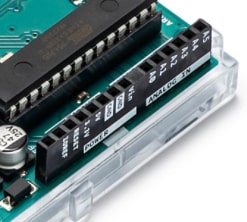
Software
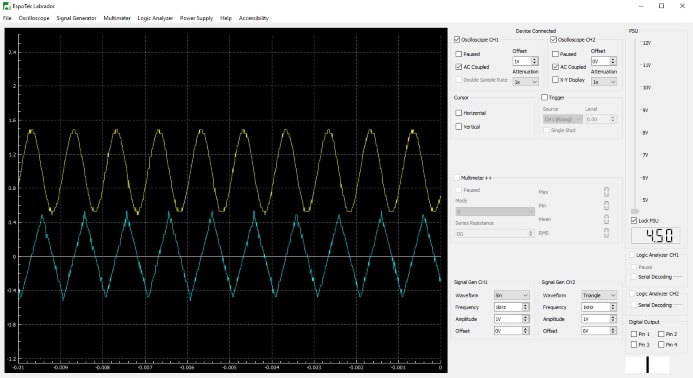
The UI for the Labrador software is simple. All the basic functionalities are accessible beside the oscilloscope display.
After having the board for ~2 weeks, the board responds quickly to commands and have no problems with inconsistent behavior etc.
Enclosure
Since the board is pretty barebones, there are available resources on how to modify the Labrador to enhance the user experience.
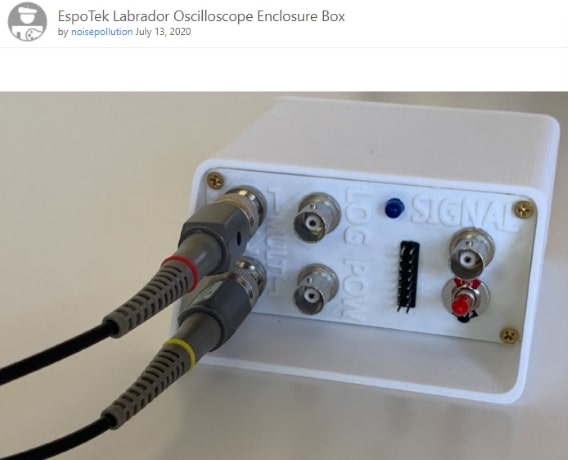
One of the main recommendations are to 3d print an enclosure for it and even provide BNC connectors to allow users to utilize better probes for the oscilloscope: